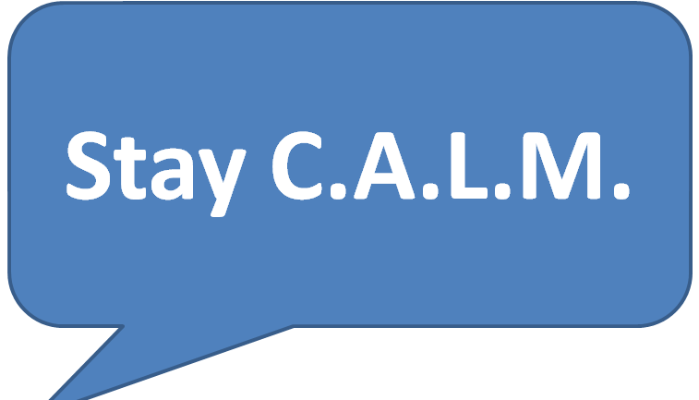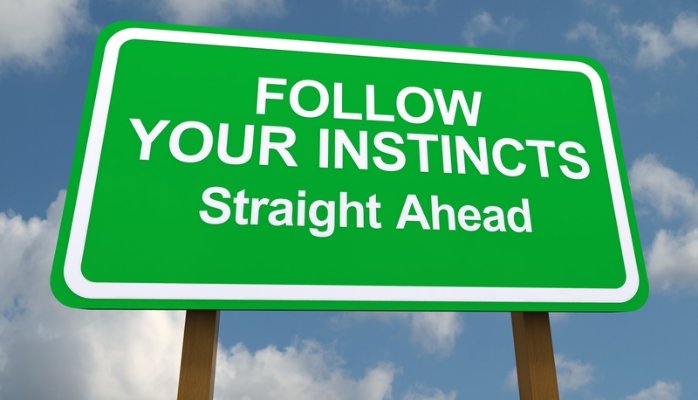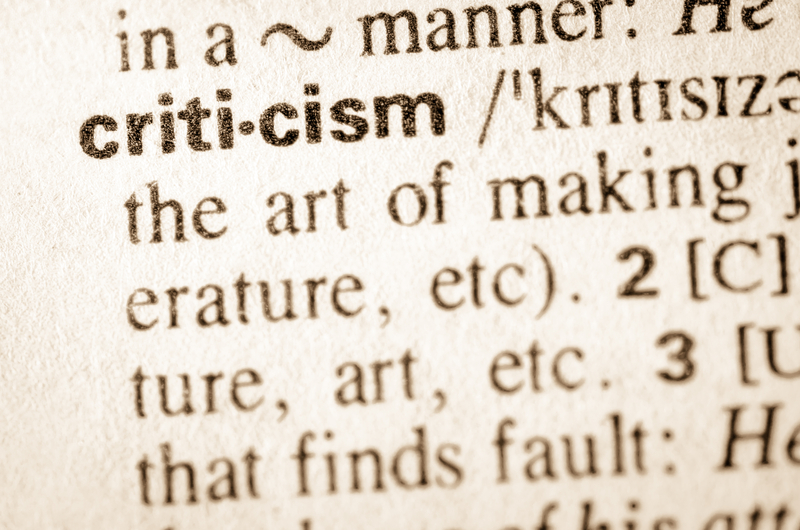
Do you go to too many meetings? Are many of them meaningless? Are they inadequately prepared? Are agendas non-existent and desired outcomes vague? Do you wonder why people don’t stay focused and tend to waste valuable time? If you answered YES to any of these questions, here are some things to help you maximize meeting results.
Prepare agendas in advance and I don’t mean a bulleted list of things to do. A meaningful agenda includes specific desired outcomes for each agenda item as well as a specific amount of time you will spend on each item. If you have an hour for the meeting, only plan for that hour. Most meetings go off the rails because the person who called the meeting created an agenda that doesn’t fit the allotted time. Also, your agenda should clearly state the purpose of the meeting, the objectives of the meeting and the criteria for a successful meeting (POC).
Another reason meetings can be a waste of time is the meeting does not have a designated facilitator so the person who called the meeting winds up trying to play both roles (and we all know trying isn’t doing). Remember, every meeting has a cast of characters including the leader (person who called the meeting), the facilitator (the person who manages meeting), the writer (the person who takes and distributes notes/minutes/action items), and the participants/attendees.
Do your best to assign a facilitator. It’s hard for the meeting leader to be able to play both parts especially if he/she has some bias toward the outcome.
A meeting facilitator is a neutral person who helps the group understand its objectives so it may efficiently and effectively pursue the goals of the meeting. Facilitators don’t get involved with the specifics of the content and they make sure things stay on track. They are skilled listeners and provide indirect and inconspicuous guidance. They listen for understanding and reflect back what they hear, keeping emotion out of it.
Be sure you assign someone to take and distribute notes including all action items and due dates discussed. Don’t leave this up to the leader or the facilitator. Notes should be distributed within a day or two at the latest. It’s easiest to use a laptop and send an email to all participants immediately following the meeting.
Remember, when you are playing any of the parts before, during or after the meeting, please be 100% present…”BE HERE NOW.” And pay attention to how you say what you say because it matters!









